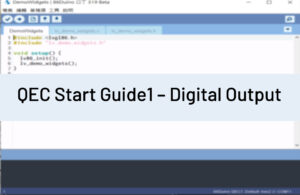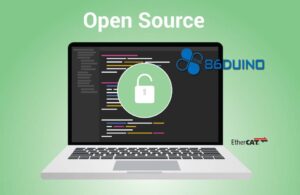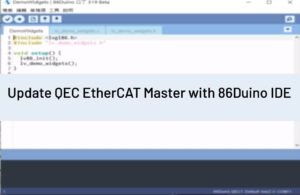[Servo86]
説明
Set the target position of the specified servo to the action frame content stored in the positions[] array.
Syntax
myframe.setPositions()
myframe.setPositions(servo0)
myframe.setPositions(servo0, servo1)
myframe.setPositions(servo0, servo1, ... , servo44)
myframe.setPositions(time)
myframe.setPositions(time, servo0)
myframe.setPositions(time, servo0, servo1)
myframe.setPositions(time, servo0, servo1, ... , servo44)
Parameters
myframe: the object of ServoFramePololu type.servo0 ~ servo44(optional): Servo type objects; servo0 uses the value of positions[0], servo1 uses the value of positions[1], and so on.
(Note: If the above parameter is not entered, the first Servo object that is constructed in the program will be servo0, the second Servo object will be servo1, and so on.)
time(optional): Sets the time used for the servo to rotate together to the target position; if this value is not set, or if it is set to 0, the servo will rotate at full speed.
Returns
None.
Example
#include <Servo86.h>
Servo myservo0;
Servo myservo1;
Servo myservo2;
ServoFramePololu myframe; // declares a ServoFramePololu object
void setup()
{
myservo0.attach(9);
myservo1.attach(11);
myservo2.attach(5);
myframe.positions[0] = 1800; // set the action frame content
myframe.positions[1] = 1300;
myframe.positions[2] = 2000;
// Set the time to rotate the servo from the current position to the position specified by myframe in 500ms, that is:
// myservo0 rotates to position[0],
// myservo1 rotates to position[1],
// myservo2 rotates to position[2].
myframe.setPositions(500, myservo0 , myservo1, myservo2);
servoMultiRun(); // command all servos to start turning
}
void loop() {}See also
Libraries Reference Home
86Duino のリファレンスのテキストは Arduino レファレンス を編集したもので、 Creative Commons Attribution-ShareAlike 3.0 License下でライセンスされています。リファレンス内のコードサンプルはパブリックドメインとして公開されています。



